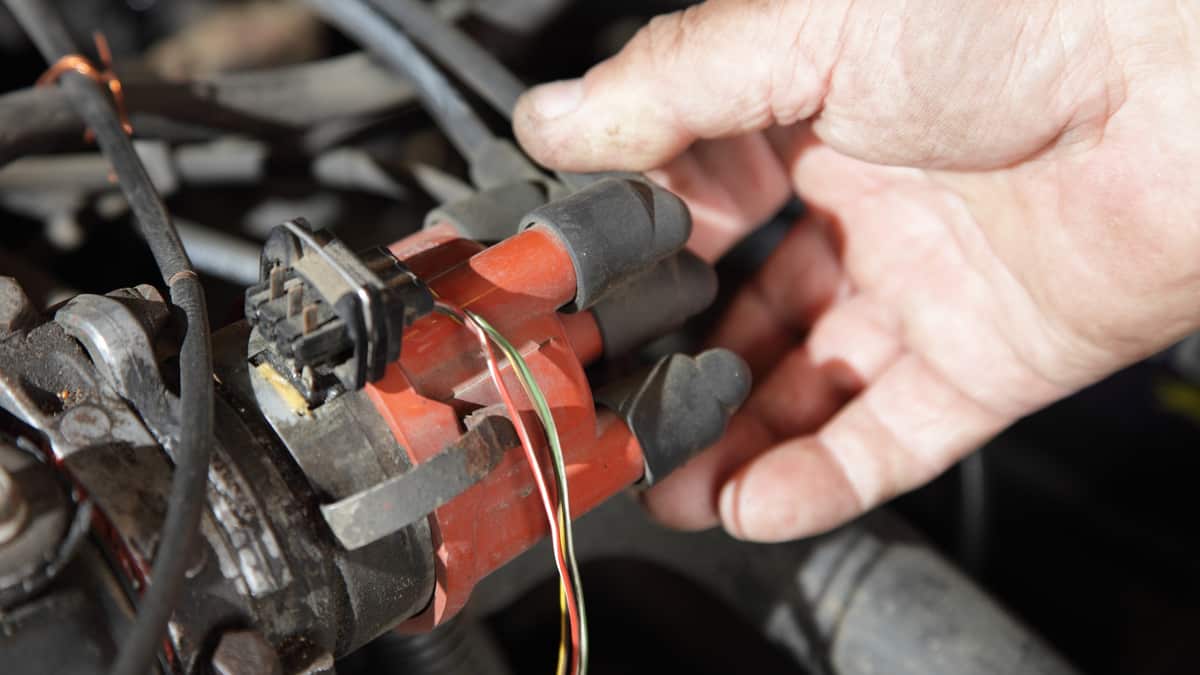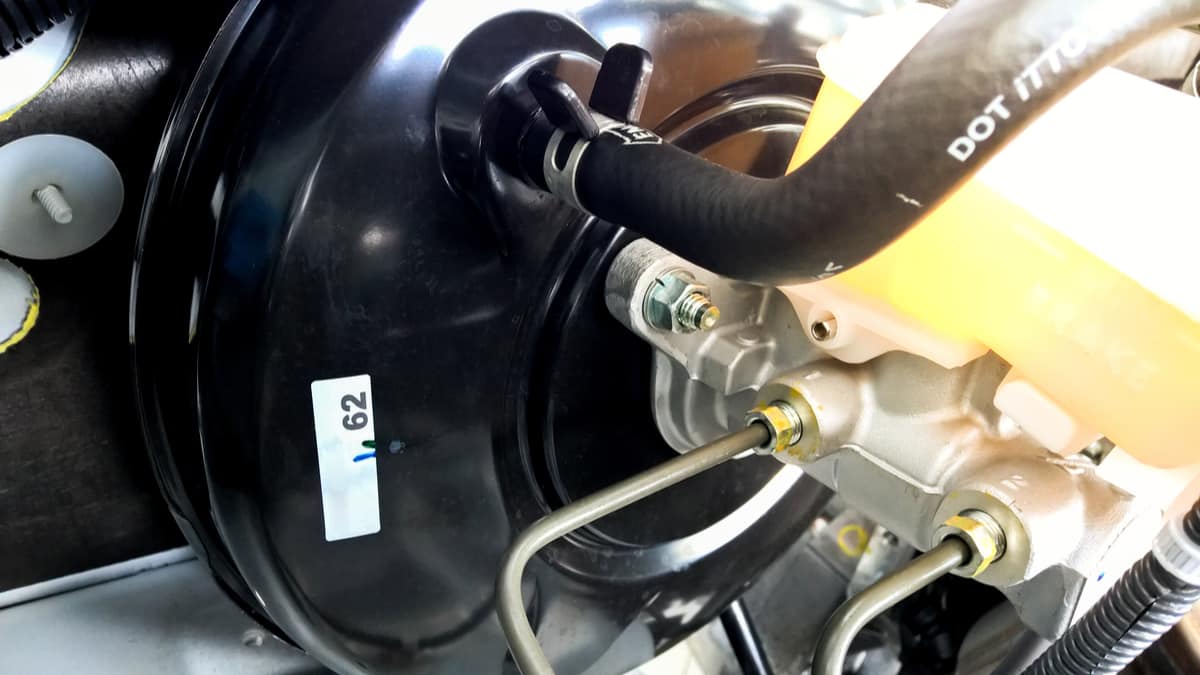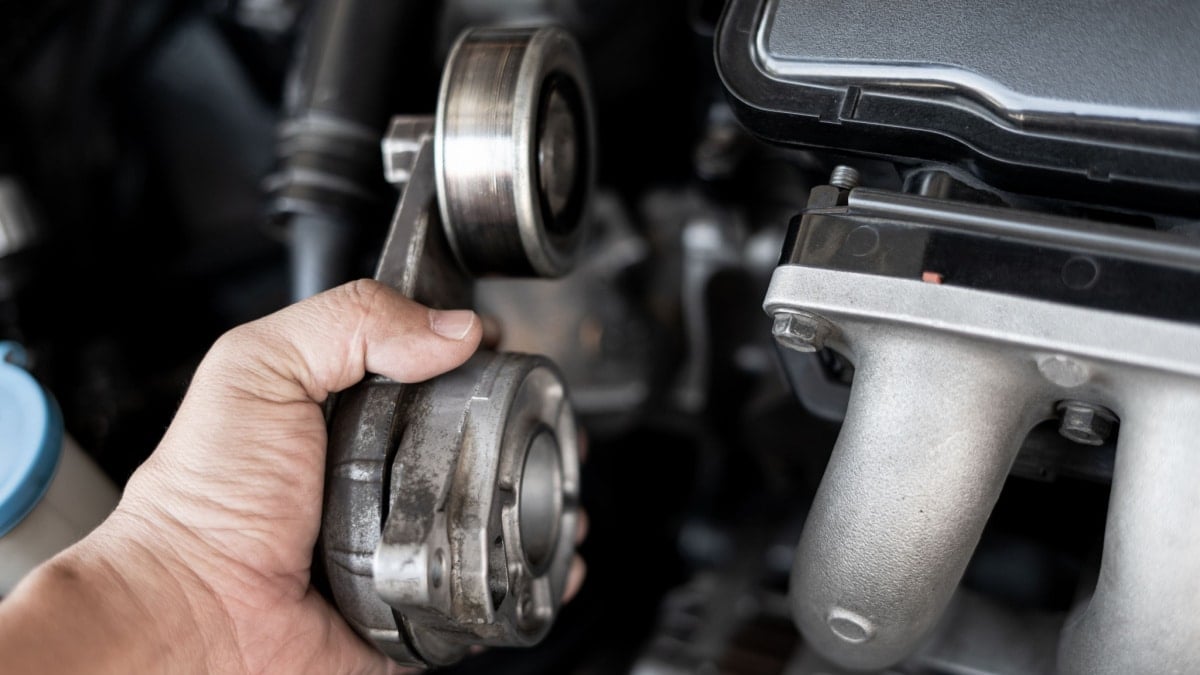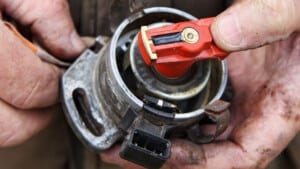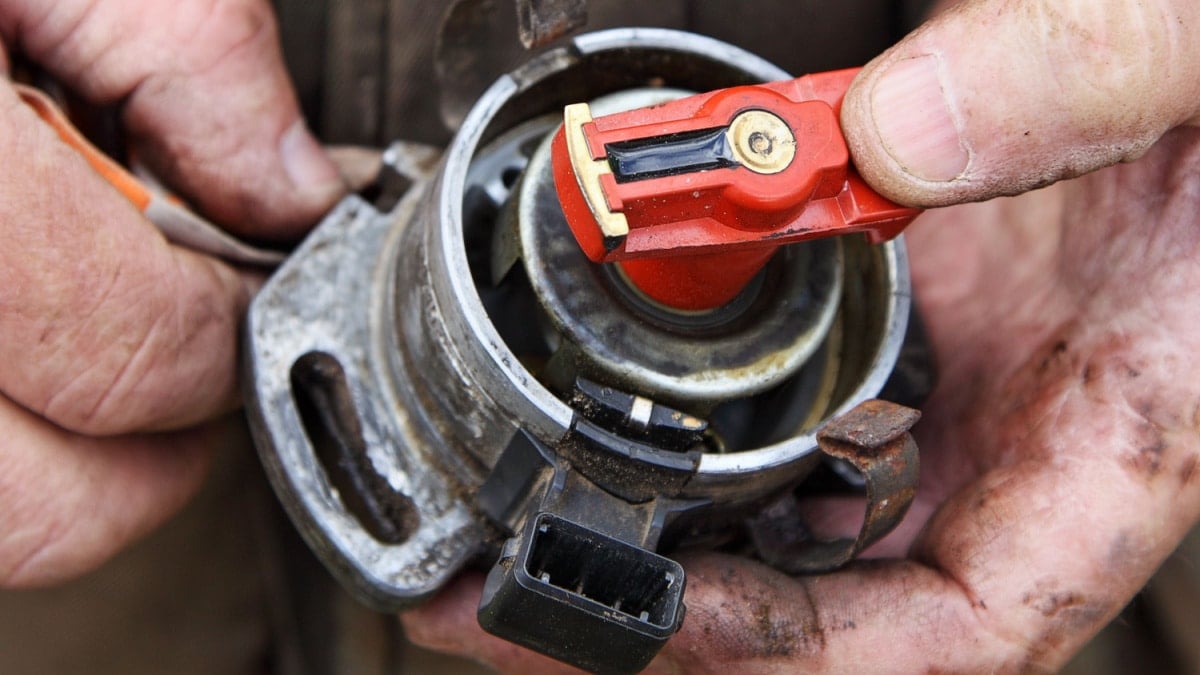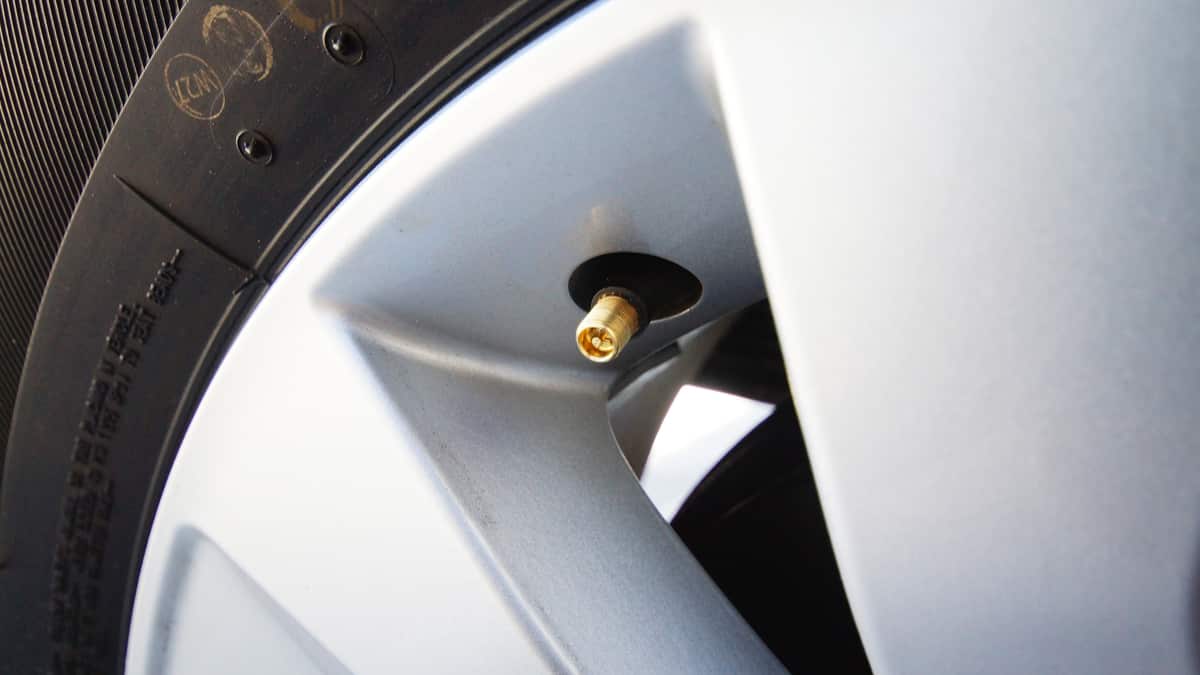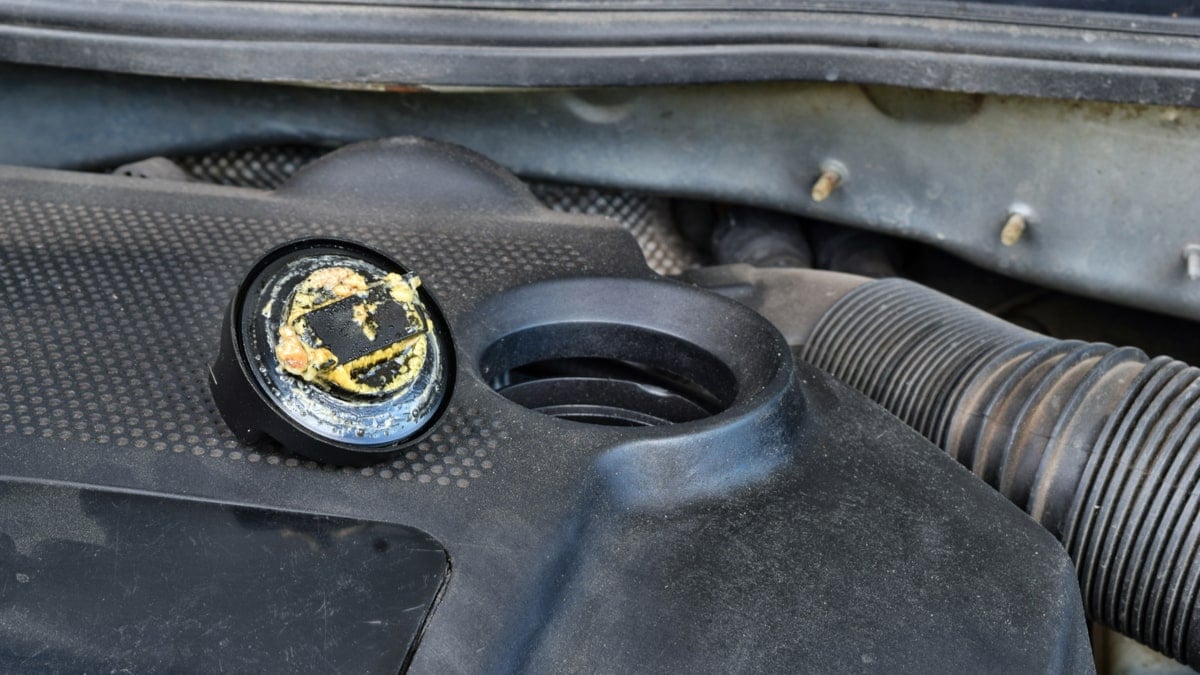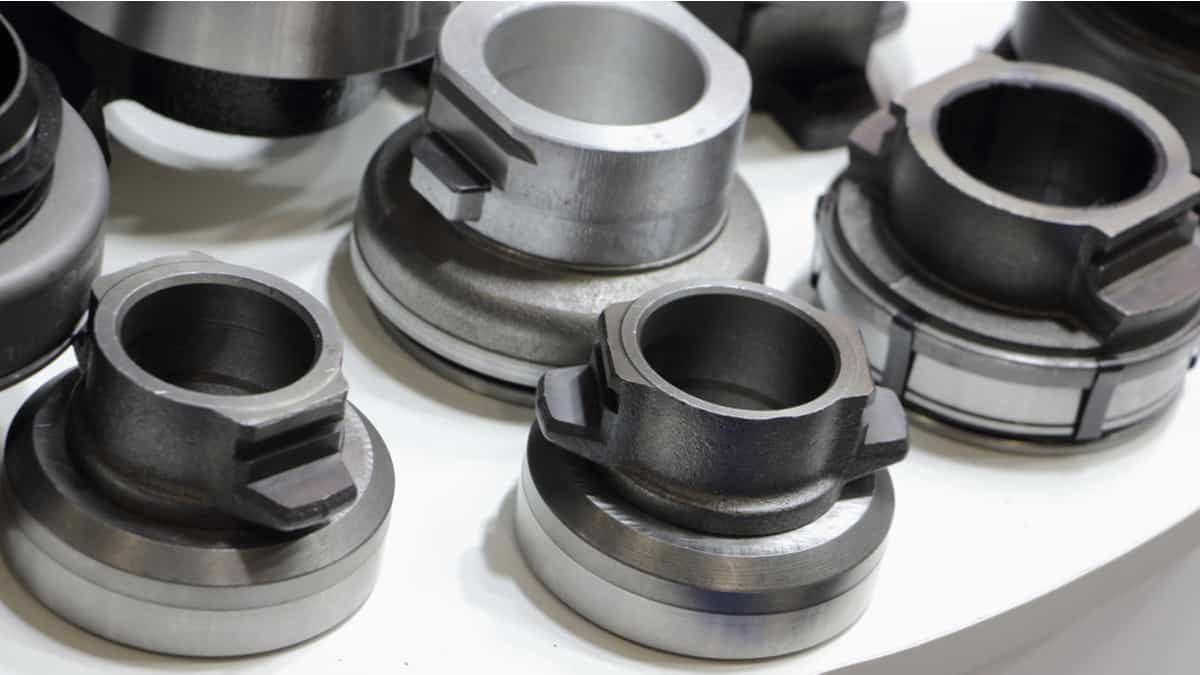The distributor cap is part of the ignition system on older vehicles. If your car still has one, you want to know the symptoms of a bad distributor cap, so you can keep your vehicle running at its best.
In this guide, we touch on the top bad distributor cap symptoms and show you how to inspect it. We also teach you the purpose of the distributor cap and explain where it can be found. At the end of our guide, you will get some answers to your top questions.
Symptoms Of A Bad Distributor Cap
When the distributor cap is bad, you may have trouble starting the engine. There could also be a misfiring engine, a Check Engine Light and a rough idle. Additionally, you may notice rough acceleration, a backfiring engine, as well as engine knock because of detonation.
Let’s look at these seven symptoms in-depth. Your vehicle may experience one or all of these problems, depending on the severity of the damage.
1. Trouble Starting
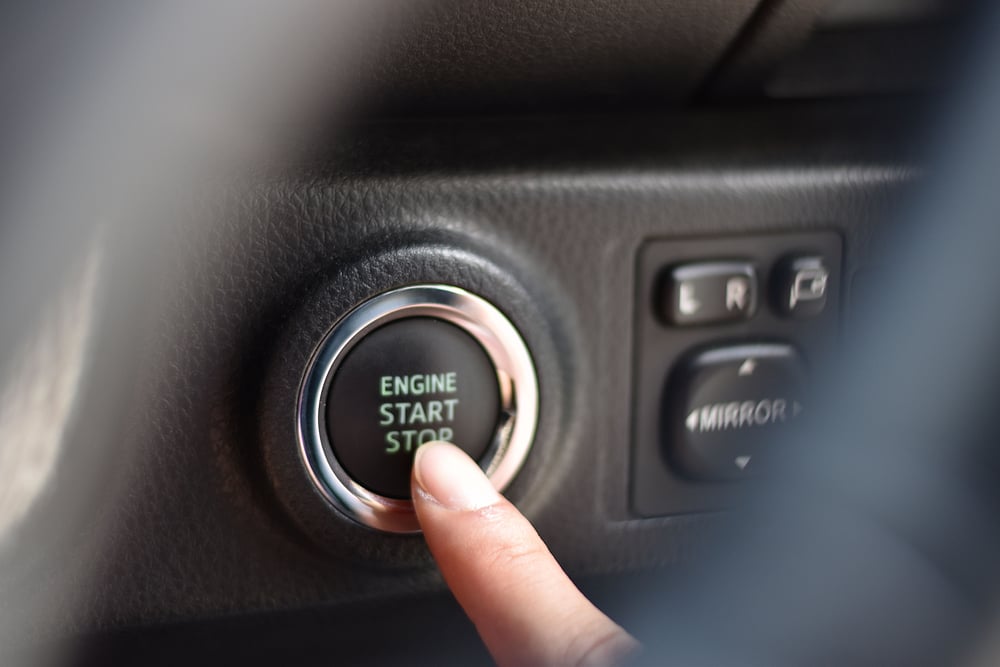
If there are cracks in the distributor cap or the center terminal is worn, you may have trouble getting the vehicle started.
For combustion to occur, a spark is needed. A bad distributor cap can’t supply the spark that’s needed. Therefore, the engine may crank but doesn’t start.
2. Misfiring Engine
A faulty distributor cap is one of the most common reasons for misfires on older cars. If the car starts to misfire, checking the distributor cap is wise. There could be cracks or damage, causing issues with the spark.
When a car misfires, it feels like the engine stumbles. You may push on the accelerator and feel a little jerk or bucking sensation.
3. Check Engine Light
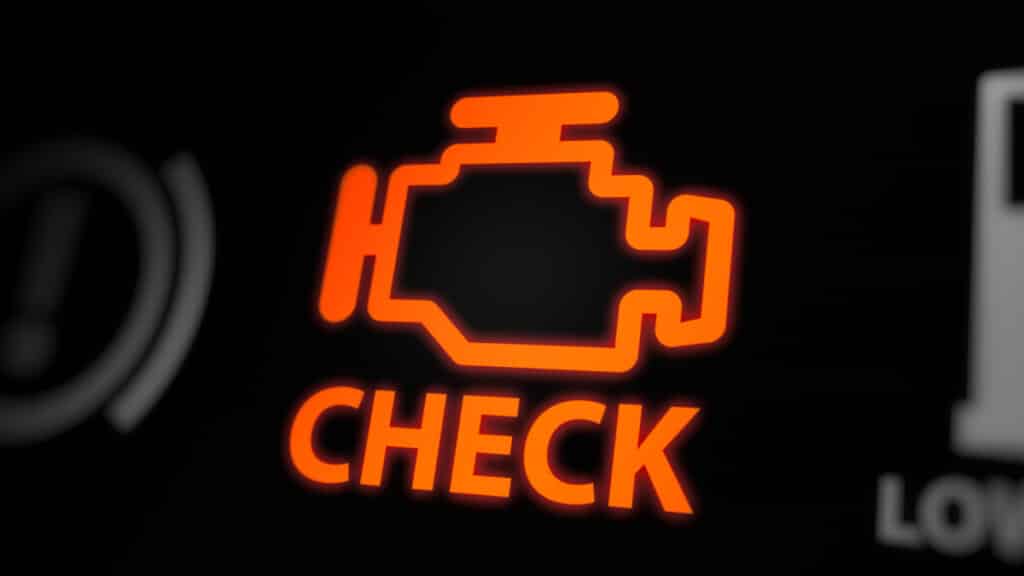
When the engine’s computer notices trouble with combustion or the spark, it will set a diagnostic trouble code that turns on the Check Engine Light. These codes can be read with a compatible scanner.
Most trouble codes are generic, making it difficult to figure out what’s going wrong with the car. Yet, our online trouble code library helps you make sense of it all.
It’s important to note that not all older vehicles have a check engine light or the means to read the codes. Check the service manual to learn more about your particular model.
4. Rough Idle
A cracked distributor cap housing or burnt terminals can lead to a rough idle. With constant exposure to high voltage, the terminals are susceptible to burning and getting contaminated with carbon buildup. When this happens, the cylinder gets skipped, leading to a rough idle or misfire.
With a rough idle, you may feel the vibrations inside the vehicle. It may be most noticeable when you first start the engine or during gear shifts.
5. Rough Acceleration
Performance problems are sure to occur with spark issues. You won’t be able to get the same level of performance from the engine as if it were running normally.
What’s going to be most noticeable is how difficult it can be to accelerate. If all of the cylinders aren’t firing, your car may not want to move forward easily when you push the gas pedal down.
6. Backfiring Engine
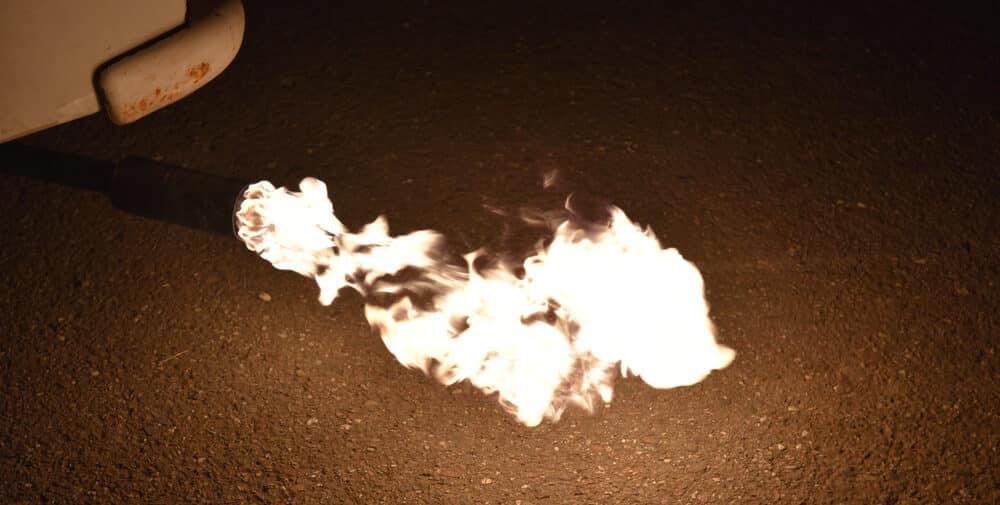
Misfiring plugs can lead to a backfiring engine. If you’ve never heard an engine backfire, it’s loud and alarming.
However, the distributor cap isn’t the only reason for this occurrence. That’s why it’s so important to run through a list of checks to find the problem.
7. Engine Knock
Engine detonation is also known as engine knock or pre-ignition. It’s a pinging sound that is mainly heard during acceleration.
This sound is alarming and can cause you to think that the vehicle is falling apart. It’s best to stop driving once this sound is heard so you don’t cause permanent damage to the engine.
What’s The Function Of A Distributor Cap?
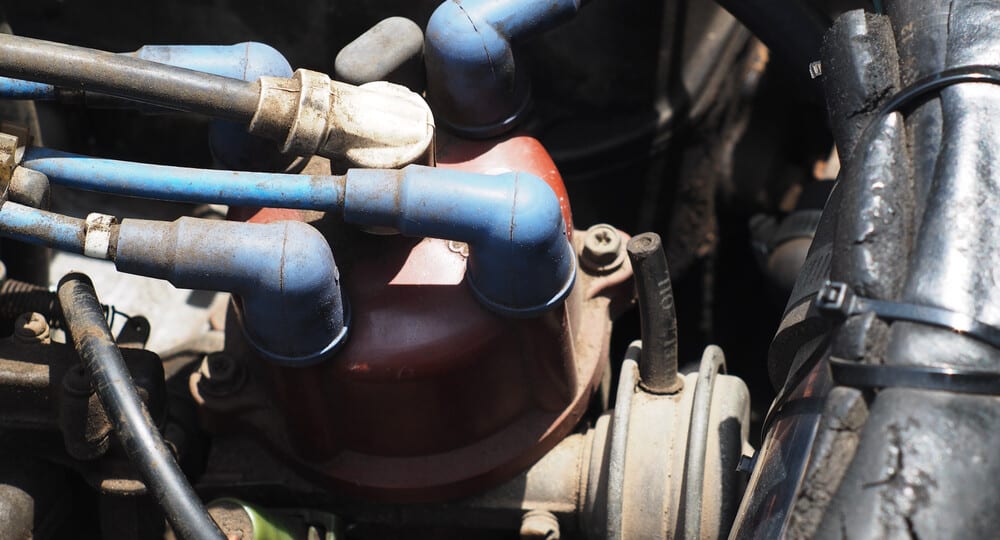
Distributor caps are only part of the vehicles with the older ignition style. As with all ignition systems, spark plugs are used to ignite the air-fuel mixture found in the combustion chamber. The distributor is takes the high voltage from the ignition coil and transmits it to the spark plugs with this setup.
The distributor cap is constructed from plastic, but it has metal terminals. This cap sits on the distributor to protect it. The high voltage coming from the coil is sent to the middle terminal in the cap. From here, it runs to the rotor inside the distributor. As the distributor turns the rotor, voltage is delivered to the cap’s terminals individually.
Every one of the terminals is connected to a spark plug wire, creating a path for the voltage to travel. This wire helps the voltage reach each of the spark plugs, where it will fire. The small explosions coming from the spark plug create the energy needed to ignite the air-fuel mixture, so the car engine can run.
Where Is The Distributor Cap Located?
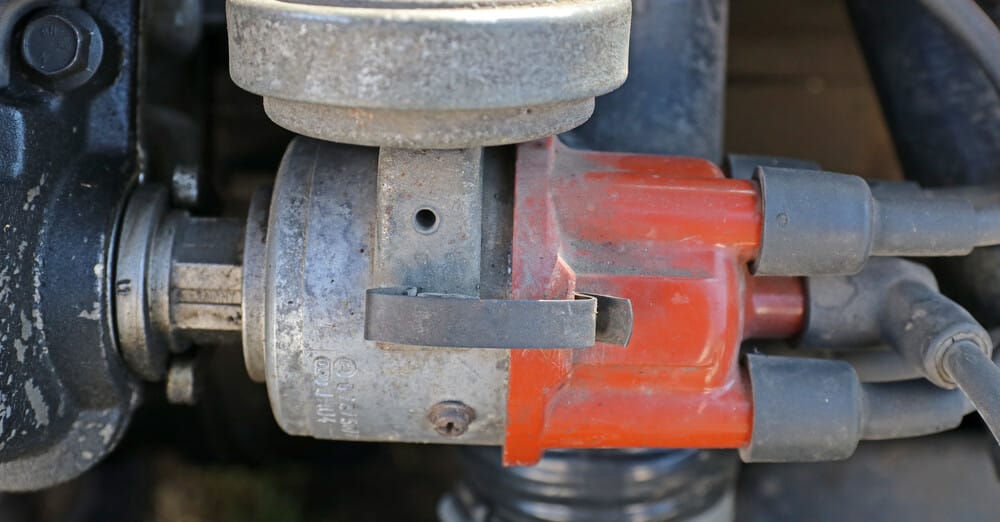
The distributor cap is one of the car parts found underneath the hood. When you open the hood and look around, you will usually see a plastic component on top or on the side of the engine. It’s shaped like a crown with black cables coming out of it.
Those black cables are the spark plug wires. In fact, if you needed to find the distributor cap, you could trace the spark plug wires until you reach it. You can also find its location by looking at the diagrams provided for you in the car’s service manual.
How Do You Test A Distributor Cap?
There are several ways to test the distributor cap. Here are some general guidelines you can follow.
Perform a visual inspection.
- Remove it and check the surface for any imperfections.
- If there are any cracks, holes or unrepairable damage, you need to replace it.
- If there’s corrosion on the terminals, you may be able to clean it up.
There may be a dark substance inside the distributor cap that looks like grease, but isn’t. Instead, it’s powdery because it’s carbon buildup. This carbon can sometimes be cleaned up, but it may be easier to replace the cap at this time.
If everything looks good during the visual inspection, you are ready to perform further testing. You’re your multimeter, you can test for continuity.
- Set your digital multimeter to ohms.
- Place a lead on the coil terminal and the other on the center terminal.
- You should see continuity between the two terminals. If not, it’s time to replace the cap.
If you need further help, it’s wise to reach out to a mechanic. However, distributor caps haven’t been used in cars for many years, so be sure you choose a professional that understands this system. If a mechanic is new to the profession, they may not have worked on many distributor-style ignition systems.
How Much Does It Cost To Replace A Distributor Cap?
It doesn’t cost a lot to change the distributor cap. Expect to spend between $75 to $150 for a professional to change the distributor cap, with parts costing $40 to $55 and the labor adding another $35 to $95.
The cost depends heavily on what type of vehicle you drive. It also depends on where you live, as some states have higher labor rates than others. We recommend trying to replace the cap yourself if you have basic mechanical knowledge and some common tools.
Can I Drive With A Bad Distributor Cap?
Once you recognize there’s a problem with the ignition system, it’s time to take action. Whether you are dealing with a bad distributor cap or spark plug troubles, it’s time to have it repaired. By continuing to drive with a bad distributor cap, you put yourself at risk of being stranded on the side of the road. If the spark plugs fail to ignite the air-fuel mixture, the misfiring and idling could get so bad that it causes the engine to stall.
Furthermore, driving with ignition problems only leads to more issues. Eventually, you will notice the engine knocking because of detonation issues. Instead of worrying about all of the problems that could occur, go ahead and replace the distributor cap. It’s a cheap part and it doesn’t take long to swap.
Should I replace the distributor or just the cap?
Most maintenance schedules recommend replacing the rotor and cap as part of a regular tune-up. By doing this, you can prevent failure from occurring. You only need to replace the distributor if failure has occurred. This is not normally part of the regular maintenance schedule.
Is replacing the distributor cap difficult?
It’s a simple job that’s also safe to perform. Most distributor caps are easy to get to and don’t take a lot of effort to remove. To finish the job safely, make sure the car engine is turned off and the battery cables are disconnected.
Will a car start with a bad distributor cap?
It depends on the severity of the damage. If the distributor cap is only preventing spark to one plug, the car may continue running, but it will be rough or misfire. You may also be able to get the engine running, but it could be difficult. In extreme cases of damage, the car won’t start at all.
How often do distributor caps go bad?
The distributor cap endures a lot of abuse, which is why manufacturers recommend changing it every 50,000 miles. It’s normal for the cap to fail if you don’t change it during this service. It can also fail prematurely but is a cheap and easy fix to replace.
Can a bad distributor cap cause misfires?
Yes, when the distributor cap is damaged, the voltage may not be sent to a spark plug. With a cylinder not firing, you will start to notice a decrease in engine performance. A misfire can occur because the one cylinder isn’t getting the spark it needs. It’s best to replace the distributor cap before engine damage occurs.
If you are still the proud owner of an older vehicle with a distributor cap, you want to continue taking care of it and see how many miles you can get out of it. By continuing to follow the recommended maintenance schedule and replacing the distributor cap every 50,000 miles, you give the car the best shot at continuing to perform.
If you feel confident in your mechanical abilities, go ahead and replace the distributor cap on your own. You can watch helpful online videos about the procedure or read the service manual. It shouldn’t take you more than thirty minutes to complete and you can be back up and running in no time.
Categories: Engine
